The charming mountain town of Røros only exists because of the copper mining industry. Yet today it's a thriving beacon of sustainability. Here's the story of a remarkable rural community, then and now.
When talking about Norway’s industrial history, many people focus on the discovery of oil in 1969. That's understandable of course, as the discovery transformed the country's economy.
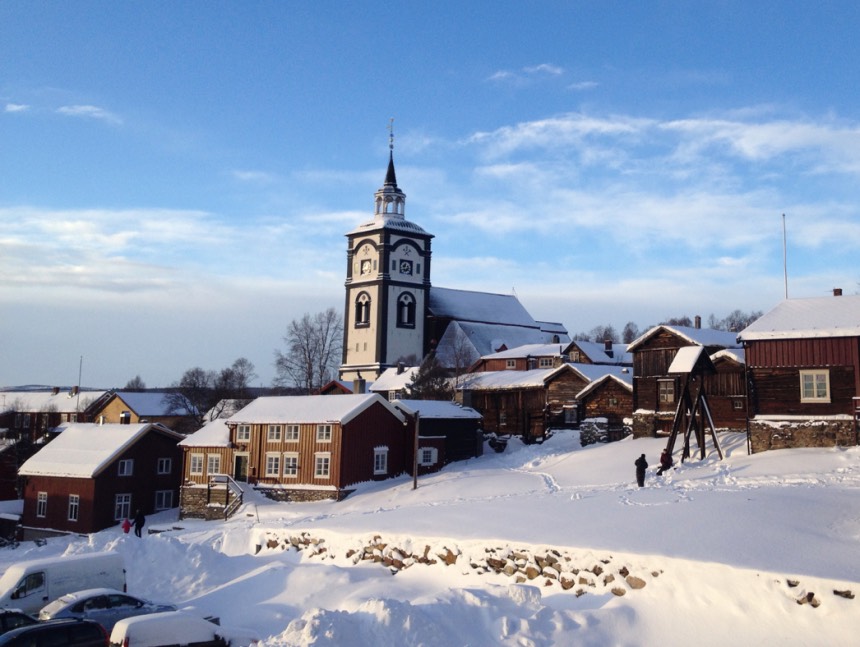
Before oil, the country's economy relied heavily on seafood and agriculture. However, its history as an industrial nation stretches much further back in time. From hydropower to mining, Norway's industrial history is an intriguing one.
An introduction to Røros
Deep in the Norwegian mountains close to the border with Sweden is the former copper mining town of Røros. It's relatively well-known because of its status as one of Norway's UNESCO World Heritage Sites.
Known both for its remarkably well-kept wooden buildings and its modern sustainable food industry, Røros hides in plain view a remarkable history of how it came to be.
Prior to 1645, the only people in the area were nomadic Sami herders or the odd hunter. The area was simply too cold to farm for the majority of the year.
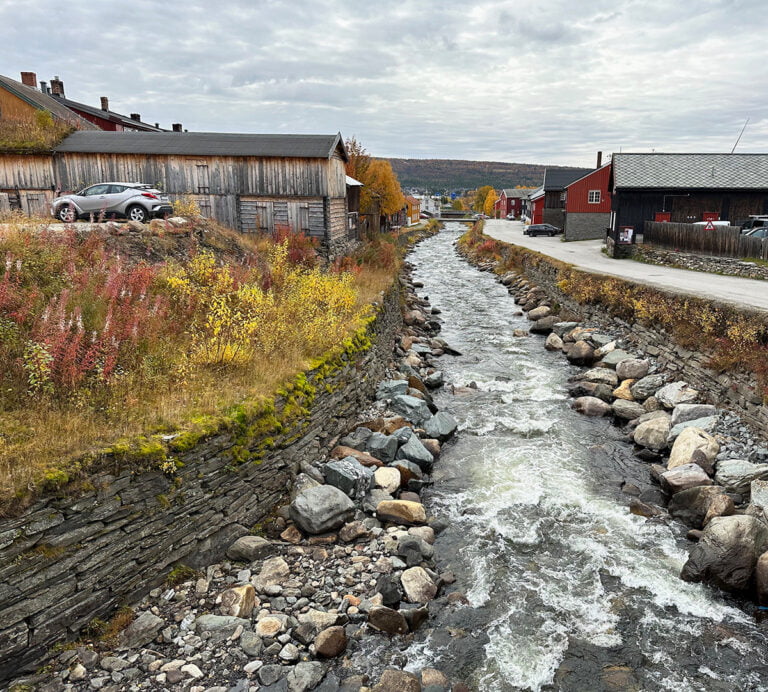
Legend has it that a hunter discovered the copper after shooting a deer. As the deer tried in vain to escape, it brushed aside moss to reveal a shiny rock underneath. From that moment on, this remote part of Norway would never be the same again.
A new mountain community
The next year, Røros Copper Works was granted the right to exploit all ore deposits in the region, along with the right to fell trees and use the water supply.
At the time Norway was ruled from Copenhagen, and a tithe of one-tenth of the copper produced was sent to the Danish king. This was particularly valuable in wartime as copper was used to make armour.
Hard labour was required to burn charcoal and transport it to the works. The company soon established the community of Røros near the mine and people moved from all over the central Norwegian valleys to work in the mine and related industries.
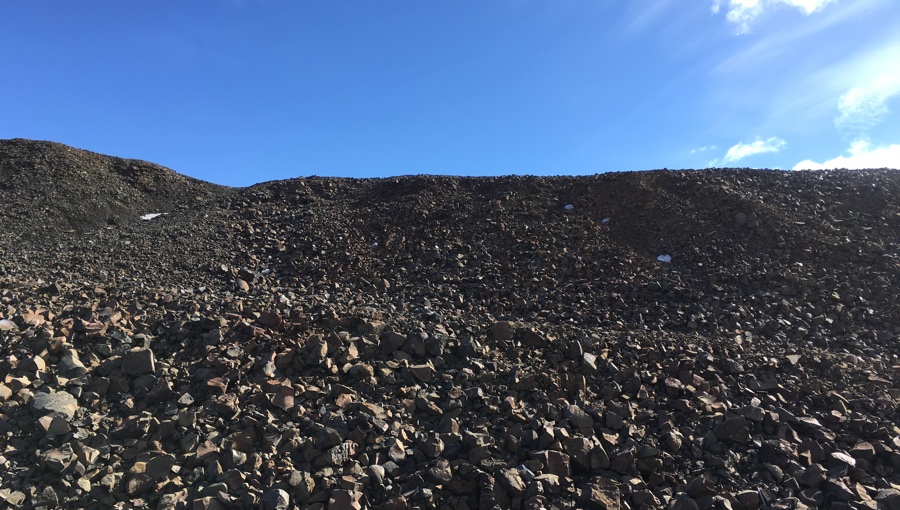
Experienced managers were brought in from other Norwegian mining towns such as Kongsberg.
The young community suffered a blow in 1679 when the entire town was burned to the ground by invading Swedish troops during the Scanian War.
Forty years later during the Great Northern War, the town was once again taken by the Swedish Army. This ended in tragedy for the Swedes however, as over 3,000 soldiers perished in the harsh conditions as they retreated following the death of their King.
A golden age for Røros
Røros Copper Works discovered rich deposits of copper ore throughout the region, which led to a golden age for the community during the 18th century. Around 600 people worked in the mines with a further 1,500 working in related trades.
Under the terms of their agreement, the company provided a doctor, school and church for the community.
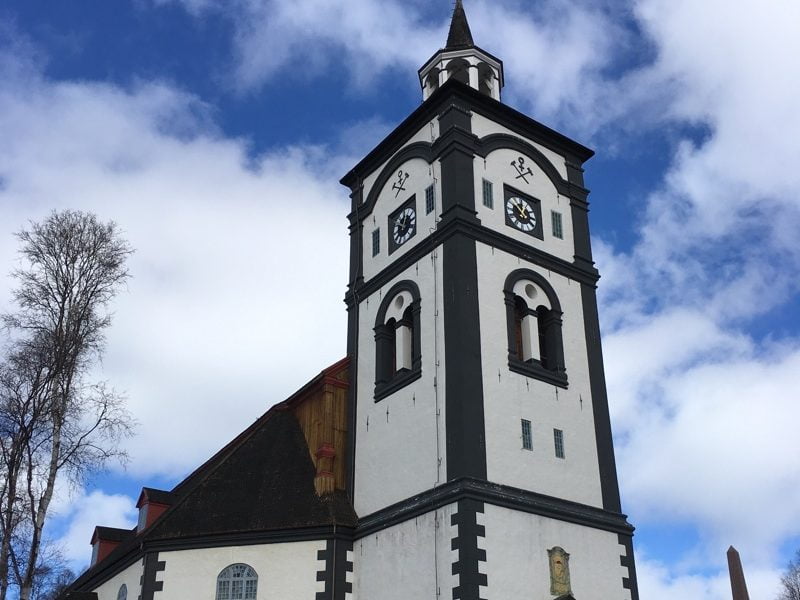
For proof of just how successful the company was during this period, look no further than the spectacular Røros Church, built in 1784. There are few more impressive buildings in all of Norway.
Given the harsh environment, the town was heavily planned and it was of vital importance that every resident played their part. Houses faced the streets with barns and internal courtyards allowing animals to graze.
Most residents also farmed land outside the town. While the men worked down the mines, the women were left to manage not just the household, but the farms and food production too.
One of the downsides of the community’s success was the severe deforestation across the region, caused by the need for charcoal. Evidence of this can clearly be seen today on the plains surrounding Røros. As the forest disappeared, activities moved further and further south.
Rapid change
Industrial advancements brought major changes to copper production in the latter part of the 19th century. Train travel arrived in 1877 as Rørosbanen linked the town to Trondheim and Hamar.
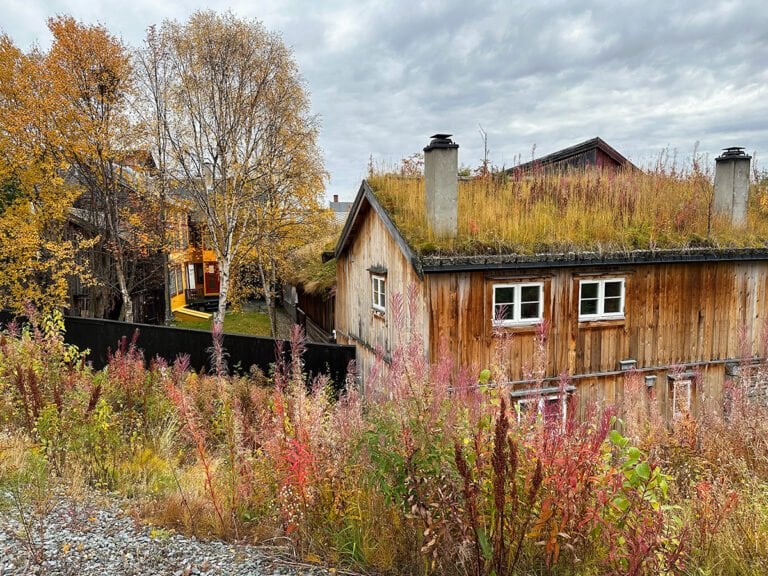
Eleven years later, Røros welcomed a new smelting shed complete with modern technology, able to replace all the previous workshops.
The shed burned down in 1953, which was the beginning of the end for Røros Copper Works. Work continued until 1977, when the company declared bankruptcy.
Modern Røros
As the main economic driver of an entire region disappeared, you could be forgiven for thinking Røros faded away. However, just three years after the closure of the Works, the town became a UNESCO World Heritage site.
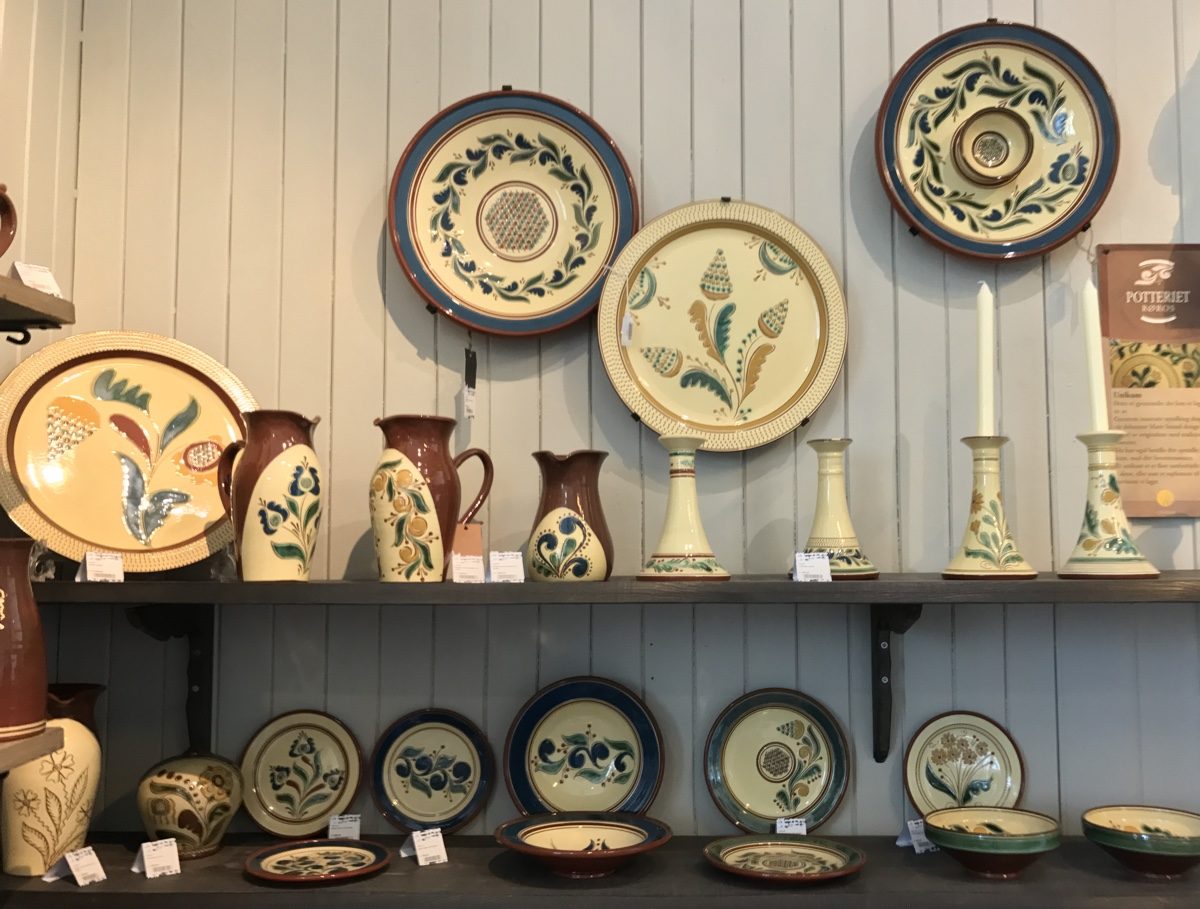
“Today there is no mining in the area, but Røros Mining Town and the traces of mining, smelters, transport, and water management systems bear unique witness to the adaptation of technology to the requirements of the natural environment and the remoteness of the situation” – unesco.org
The town’s focus on sustainable tourism now attracts visitors year-round, despite being one of the coldest parts of Norway. The Christmas market and winter market in February help with that.
Food production is also an important driver of the town’s economy, with local farms producing butter, lamb, reindeer and ice-cream that is sold all over Norway.
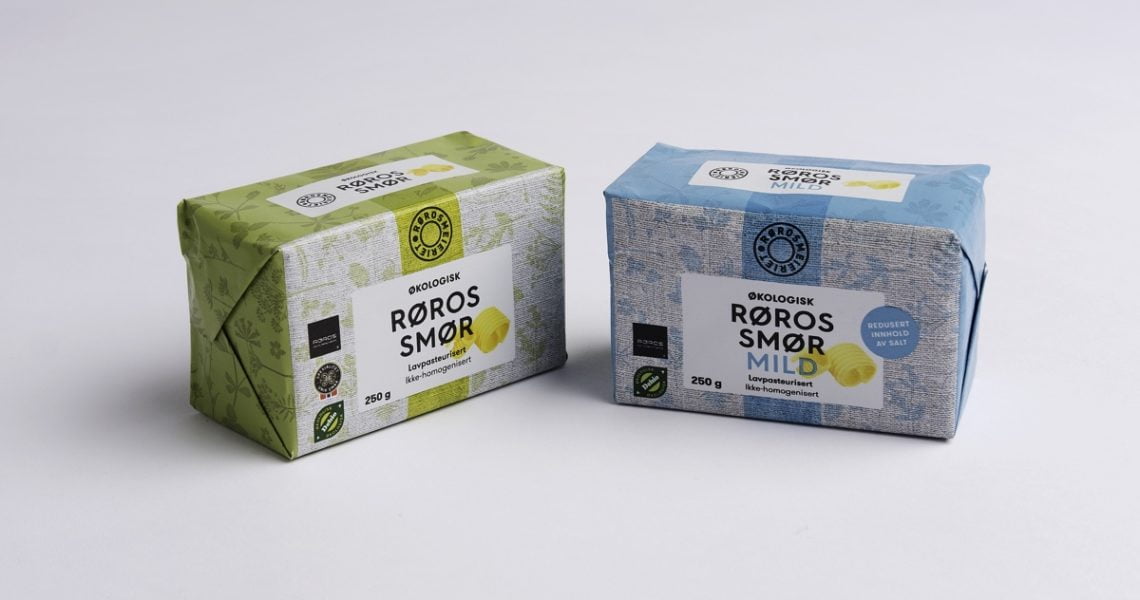
There's also a solid tradition of arts and crafts including Røros Tweed and a local pottery with distinctive colours and patterns known all over Norway.
The story of Røros Tweed in particular is a fascinating one. When the Røros mine director died in the 18th-century, a foundation was created with the aim of educating poorer people in textile production. This eventually led to the creation of Røros Tweed. Their products are known throughout Norway for their quality.
Discover the history of Røros for yourself
The museum in the old smelting building provides a fascinating insight into the history of the mine, while the open houses on the nearby Sleggveien allows a glimpse into a life long forgotten.
It's well worth a trip to Røros Museum to dig into this fascinating place for yourself. Direct trains are available to Røros from both Oslo and Trondheim.

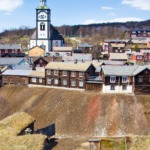
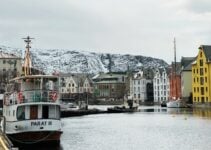
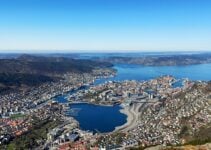
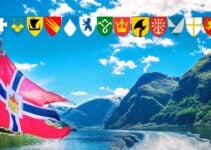

My Norwegian family worked there and lived there. Adelsmand Mathiesen was born there 1720 and his son was Dr. Jens Mathiesen born 1747. Wondering if both are buried at the church there.
One of my ancestors, Nils Hartz (late 1700s-early1800s) was reported to be toll collector at the Roros mine and later mine inspector. Are there any sources in Roros to trace his history farther back ? to Germany ?
Elaine Dodd…Adelsman Ole Mathieson never lived at Røros. I believe he remained on the Wedel Jarlsburg estate. I found documentation the said he was the overseer of the estate. I need further confirmation of this though. Jens Mathieson was the doctor at the Lokken copper mine before he went to Røros. The present day Kaffe Stuga was the home of Jens and Elizabeth Gude Mathieson. They are buried in the cemetery at Røros.
Hi Sue, Adelsmand Mathiesen is my 6th great grandfather. Would it be possible to share the document you have that shows that he was the overseer of the Wedel Jarlsberg estate? My email address is [email protected]. Thank you!
does anyone know if the copper ore simply ran out, or was the copper made here not able to compete with other sources? I have not been able to find any sources. Thanks for any help.